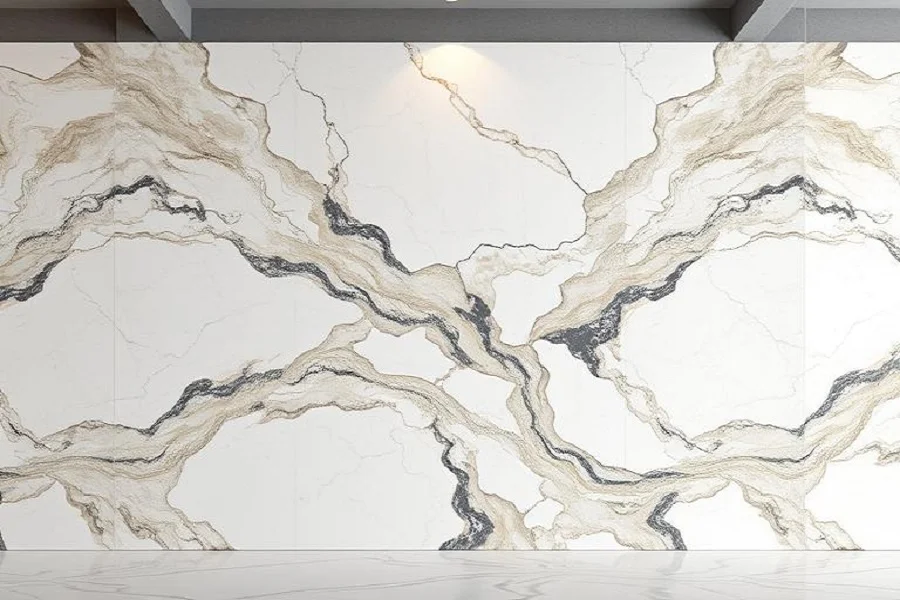
Imported And Exported Marble
The story of a marble countertop in a New York penthouse or the polished floors of a Dubai hotel begins thousands of miles away, deep within a mountain in Italy or Spain. Every slab of natural stone is a piece of the earth’s history, and its journey to a finished project is a testament to a vast, interconnected global network. This network facilitates the trade of imported and exported marble, a complex dance of geology, design, and logistics that brings the world’s most beautiful materials to our doorsteps.
Understanding this global trade is key to appreciating the value and uniqueness of the stone you choose. This article explores the fascinating world of imported and exported marble, from the famous quarries that supply it to the forces that drive its demand and the intricate process required to move it across the globe.
The Epicenters of the Global Marble Trade

The flow of marble around the world is not random; it follows established paths between countries rich in geological treasures and markets hungry for luxury materials. A few nations have become synonymous with high-quality marble exports, their names carrying a legacy of quality. In parallel, certain regions have become the primary destinations for these stones, where architectural ambition and design trends create powerful demand.
Export Giants: The Historic Quarries of the World
For centuries, the gold standard for marble has been set by European powerhouses. Italy, particularly the Carrara region, is legendary for its iconic white marbles like Statuario and Calacatta. Spain is another giant, famed for the warm, elegant Crema Marfil and the dramatic, dark Nero Marquina. In recent decades, countries like Turkey have emerged as major players, becoming one of the world's largest exporters of beige marble, while India is renowned for its unique green and rainforest varieties.
Import Hubs: Where Global Design Trends Take Shape
The demand for this beautiful stone is concentrated in global centers of wealth and development. The United States remains a massive import market, where marble is a staple in high-end residential and commercial projects. The United Arab Emirates and other Gulf nations, known for their lavish construction, are significant importers of the most exclusive and luxurious marbles. Similarly, East Asia, led by China, imports vast quantities of blocks and slabs to satisfy its booming construction and real estate sectors.
What Fuels the Market for Imported and Exported Marble?

The multi-billion dollar trade in marble is driven by more than just construction needs; it's fueled by a desire for uniqueness, prestige, and unparalleled beauty. Architects, designers, and homeowners are willing to source materials globally to find the perfect color, pattern, and quality that simply cannot be found locally. This quest for the exceptional is the true engine behind the global market for imported and exported marble.
The Allure of Exclusive Colors and Veining
A primary driver of the trade is the pursuit of specific aesthetics tied to a location. The geological conditions of a region create a signature look that cannot be replicated elsewhere. A designer seeking the specific warm, creamy tone of Crema Marfil must source it from Spain. This exclusivity makes certain marbles highly sought-after.
· Calacatta Gold: Prized for its bright white background and bold, gold-and-grey veining, found only in Italy
· Crema Marfil: A Spanish marble famous for its uniform beige color and subtle, warm veining
· Nero Marquina: A deep black Spanish marble with striking white veins, offering dramatic contrast
The Unmatched Prestige of a Stone's Origin
Beyond its physical appearance, the origin of a stone carries immense weight. The "Made in Italy" tag is not just a label; it's a brand that signifies a legacy of art, quality, and luxury. Sourcing marble from a historically significant quarry adds a layer of prestige and a compelling story to a project. This reputation allows quarries in certain regions to command higher prices, as clients are investing not only in a material but also in a piece of cultural and geological heritage. This factor is a powerful influence in the world of imported and exported marble.
The Logistical Journey of Imported and Exported Marble

Transporting massive, multi-ton blocks of stone from a remote mountain quarry to a showroom across the ocean is a monumental feat of logistics. The journey of imported and exported marble is a delicate, high-stakes process that requires specialized equipment, meticulous planning, and unwavering attention to detail to ensure the material arrives intact and in perfect condition.
From the Mountain to the Showroom: A Delicate Process
The journey begins when enormous blocks are cut from the quarry wall. These blocks are then transported via heavy-duty trucks to processing facilities where they are sliced into slabs. The slabs are polished, crated in custom-built wooden frames, and loaded into shipping containers. Each step is fraught with risk, as a single crack can render a valuable slab worthless. This requires immense expertise in handling and transportation to navigate the journey from land to sea and finally to the distributor.
The Critical Role of Quality Control Across Borders
To ensure clients receive the quality they expect, rigorous inspection is non-negotiable. Reputable importers conduct multi-stage quality control checks throughout the supply chain. This process guarantees that the slabs not only match the sample shown but also meet international standards for thickness, finish, and structural integrity.
· Verification of slab thickness and dimensions
· Inspection for fissures, cracks, or pits that could compromise strength
· Assessment of the polish for uniformity and clarity
· Matching of veining and color for projects requiring multiple, book-matched slabs
FMA Marble: Your Gateway to the World's High-Quality Marble
The global journey of imported and exported marble is what allows for true creative freedom in design, connecting a vision in one country with a geological masterpiece from another. This trade is built on a foundation of trust, expertise, and a passion for natural beauty. Navigating this world requires a partner who understands every facet of the process, from the quarry to your project site.
At FMA Marble, we are more than just suppliers; we are your direct link to the world’s most prestigious quarries. We handle the complexities of sourcing and logistics so you can focus on your design. Our collection represents the pinnacle of quality from around the globe. Contact our sourcing specialists today to explore our world-class selection and let us bring the finest stone to your project with confidence and care.
Frequently Asked Questions (FAQ)
What is the most famously exported marble in the world?
Historically, Italian marbles like Carrara and Calacatta are the most famous. Their use in Roman and Renaissance masterpieces cemented their global reputation as the pinnacle of luxury and quality.
Does "imported" automatically mean the marble is of better quality?
Not always. "Imported" simply specifies the stone's origin. True quality is determined by the specific block and grade selected from that quarry. A high-grade domestic marble can be superior to a low-grade import.
How does FMA guarantee the quality of its imported marble?
We leverage our direct relationships with quarries and conduct rigorous, multi-point inspections both at the source and upon arrival. This ensures every slab meets our exacting standards for quality, color, and structural integrity.



comments
No Comment YetLeave a Comment